2020 Dodge Challenger SRT Super Stock is a Diet Demon

Dodge didn’t limit its attention to its four-door models this week. No, in preparation for the holiday weekend, it revealed not just the Durango Hellcat and Charger Redeye, but this, the 807-horsepower Challenger Super Stock.
The Super Stock gets its title from the drag racing class of the same name. It’s all about ordinary-seeming exteriors hiding serious performance chops, and Dodge says that’s the case with this Challenger. We’d argue that’s half-true: while there’s no specific Super Stock badging here, the usual Hellcat Redeye badging is present, and that’s hardly a low-key look. The Super Stock also gets the Widebody treatment, to better contain the enormous 315-section Nitto drag tires at all four corners. The rubber wraps smaller, lightweight 18-inch wheels, which is the clearest external sign that the Super Stock is made for the quarter mile.
“Ask anyone who has ever driven a street car on low-profile performance tires and then back to back on drag radials with increased sidewall, and they will tell you the difference is game-changing,” said Tim Kuniskis, global head of Alfa Romeo and head of Passenger Cars North America, in a press release. “The SRT Super Stock package allows the Challenger Redeye to launch harder and pick-up three car lengths in the quarter-mile.”
SEE ALSO: 2019 Dodge Challenger R/T Scat Pack Widebody ReviewThe results are dramatic. Dodge is quoting a 3.25-second 0-60 mph roll-out on the way to a 10.5-second quarter-mile time. At the end of the 1320 the Super Stock will be travelling at 131 mph, not far off its 168 mph top speed. Why so low, when the Charger Redeye is topping the double-ton? Look to those Nitto NT05R tires.
While the Super Stock is a straight-line warrior, it doesn’t challenge the limited-edition Demon’s time slips. Kuniskis explained the difference during a digital media roundtable:
“We do not have the (Demon) suspension in this, we do not have the weight savings in this, we do not have the trans trans brake in this, and a completely different suspension calibration. You’re not going to get the weight transfer that you got in the Demon.”
The Super Stock does come with plenty of the Demon’s digital trickery, however. Launch Assist and Launch Control are both standard, ensuring optimal hole shots. Line Lock is here too, which engages only the front brakes for maximum burnout potential. The Super Stock also features Torque Reserve, which closes the bypass valve above 950 rpm to “prefill” the intake with boost. That hungry engine needs a lot of cooling, and the Super Stock comes with Race Cooldown and the SRT Power Chiller to avoid heat soak.
SEE ALSO: 2021 Dodge Durango SRT Hellcat Brings 710 HP to the 3-Row SUVSRT has also given the Super Stock a unique tune for its Bilstein Adaptive Damping Suspension system. Track mode alters the suspension tuning based on throttle position: when the Super Stock is at wide open throttle, the front shocks have firm compression and soft rebound, with the rears firm on both. As soon as the driver backs off the go pedal, the suspension switches to soft compression and firm rebound. The split personality allows for improved handling without sacrificing straight-line speed. Track mode also disables traction control, but keeps stability control active.
A Custom mode allows drivers to pick and choose desired engine, transmission, suspension, and steering settings.
The Challenger Super Stock will not be a limited-edition model, and Dodge has already confirmed it for 2021 as well. Orders open up later this summer, and the 807-horsepower muscle car will begin rolling off the Brampton, Ontario assembly plant this autumn. Pricing will be announced closer to availability.

Kyle began his automotive obsession before he even started school, courtesy of a remote control Porsche and various LEGO sets. He later studied advertising and graphic design at Humber College, which led him to writing about cars (both real and digital). He is now a proud member of the Automobile Journalists Association of Canada (AJAC), where he was the Journalist of the Year runner-up for 2021.
More by Kyle Patrick



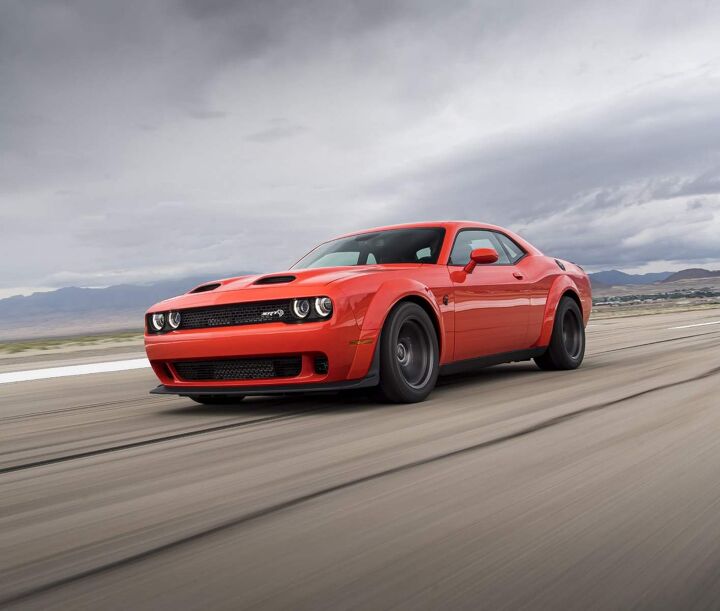

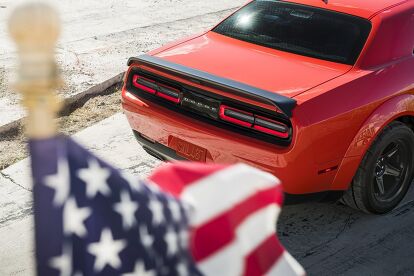

































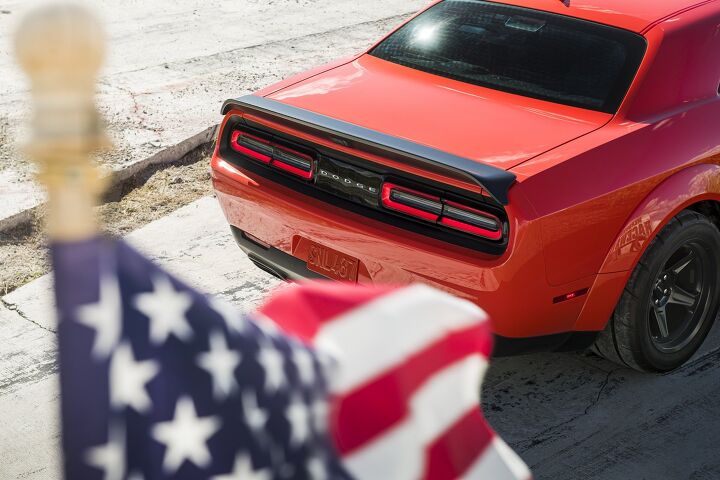





















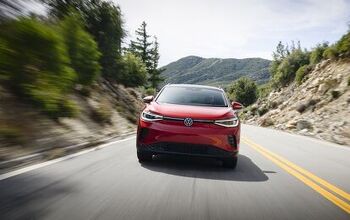
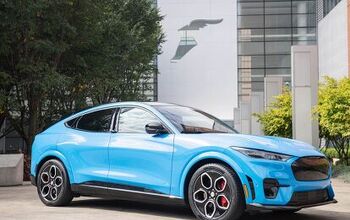



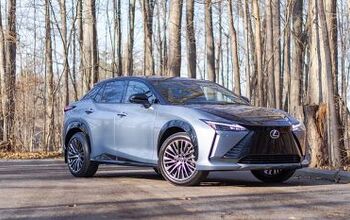



Comments
Join the conversation